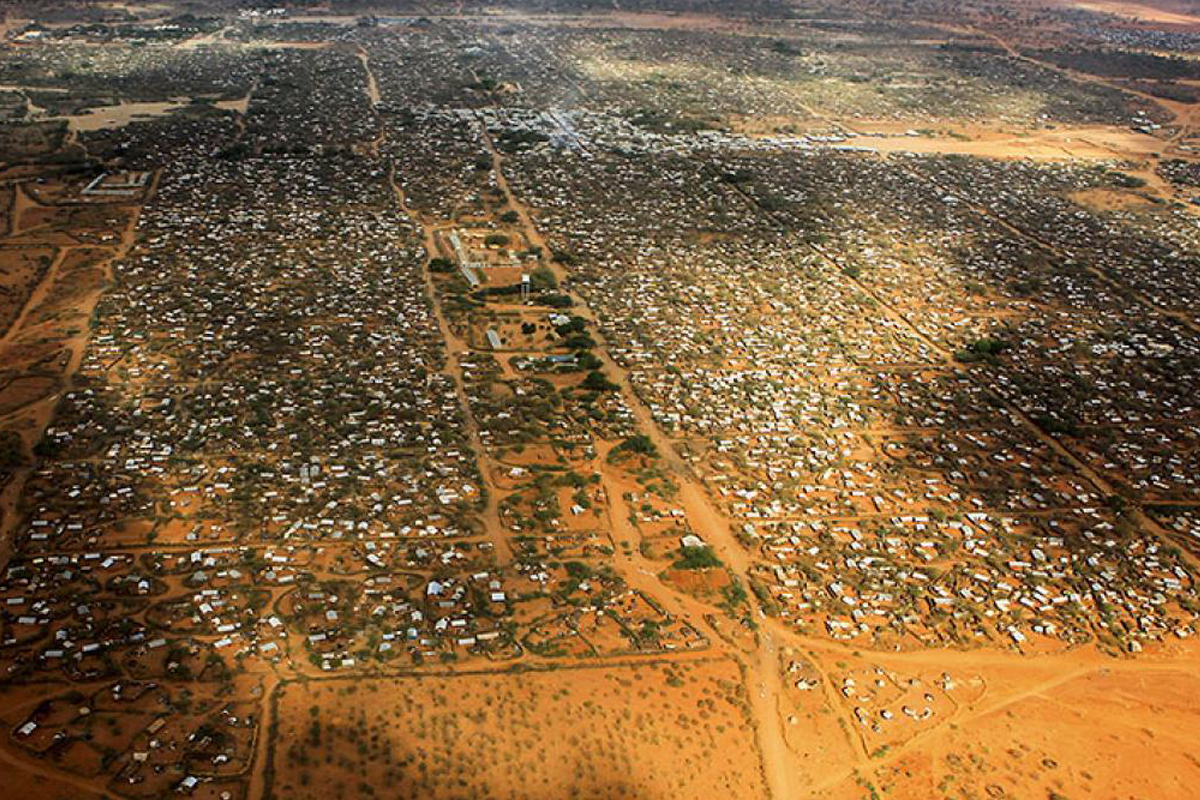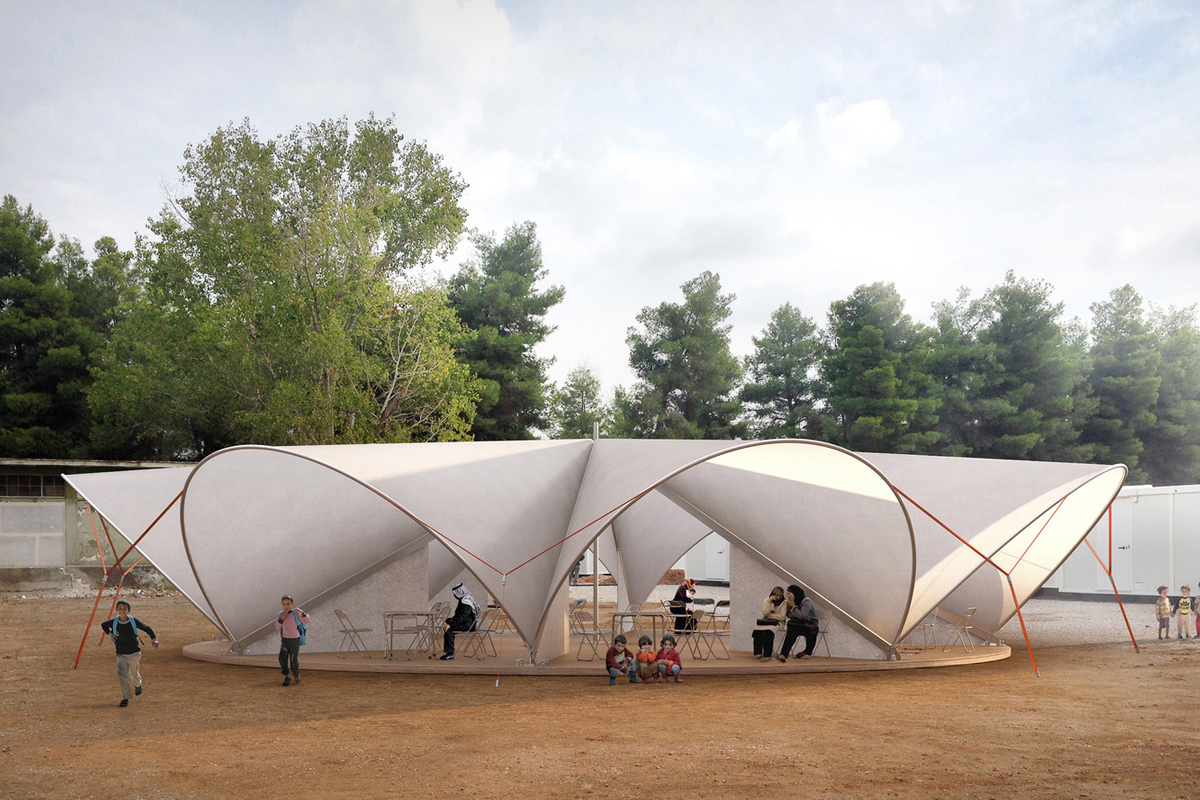Temporary, spontaneous, improvised, dirty, unhygienic, vulnerable… These are just some of the adjectives that are often attributed to refugee camps. The number of displaced persons in the world today stands at 68.5 million, the largest refugee crisis since the Second World War. The temporariness in many of these cases is not real, Ian Davis, in his book Emergency Architecture, said: “It is good to stress that the word “provisional” applied to housing is a myth”, so the conditions established in the refugee camps are not sufficient.

The machine for storing people
The journalist Alejandro Domínguez establishes an interesting relationship; Le Corbusier defines the house as “the living machine”, perhaps a refugee camp could be called “the machine for storing people”. On the other hand, there are those who call refugee camps the germ of cities, they would therefore be the “zero degree” of urban planning, they would set the minimum threshold for urban life. After an initial period of emergency, another type of need must be met, which is the specific needs of a city. While such a “zero grade” would undoubtedly be the theoretical situation of the existence of adequate minimum services in refugee camps, calculations assign a space to each family, a school for every certain number of children and services based on the total number of inhabitants. But in most cases the reality is far from this theory written in various manuals.
There are many and very different causes that force people of different ethnic groups and locations to live in refugee camps. Social identity is defined as the set of values, traditions, beliefs and modes of behaviour that characterise a cultural group. All this, together with other factors such as the climate, the conditions of the host country or the cause of the displacement, make it impossible to create a single standard of settlement valid for totally different locations. It is a question of linking the architectural and the social, of how through architecture we can improve the quality of life of people and, in particular, of those who find themselves in an exceptional emergency situation.

“A refugee camp is a place that none of us would inhabit freely.”
This is the answer of Samir Mahmad, a Syrian refugee in the Calais France camp, to the question What is a refugee camp? Currently, and perhaps because it is temporary accommodation, a refugee camp is only a functional and mechanical space, in which the basic requirements are met without worrying about other needs such as the individual, the personal, the cultural, the environmental… That is why life in these places is too close to the life of a caged animal. These reasons make the possible crystallization of refugee camps into cities worrying, so where is the will of the refugees? would there be any option for them to return to their real home?
A “future” solution
Many renowned architects have been studying emergency housing since the beginning of the 20th century, developing prototypes such as Jean Prouvé’s 6×6 House or Shigueru Ban’s Paper Log House, which can be built as a rapid response to situations of disaster or war. The creation and development of these prototypes is vital when rehousing a large number of people, however, in most cases it is studied as an isolated element in which only the need for a roof over their heads is taken into account.
Creating a prototype in an isolated way is only an immediate solution, doomed to failure because it does not contemplate the place, nor the characteristics of the population that inhabits it, it does not create any social, economic and urban structure that makes possible the growth and development of the community. Architecture as such is not the solution to this problem; we must go further and make cities, or rather make committed cities.

Author: Rebeca Morgado
[expand title=”More information and sources”]
Header: Dollo Ado. src refugee camp. src: Idealista
When hell is still your home – PdS
[/expand]
0 thoughts on “Eternal temporariness in the refugee camps”